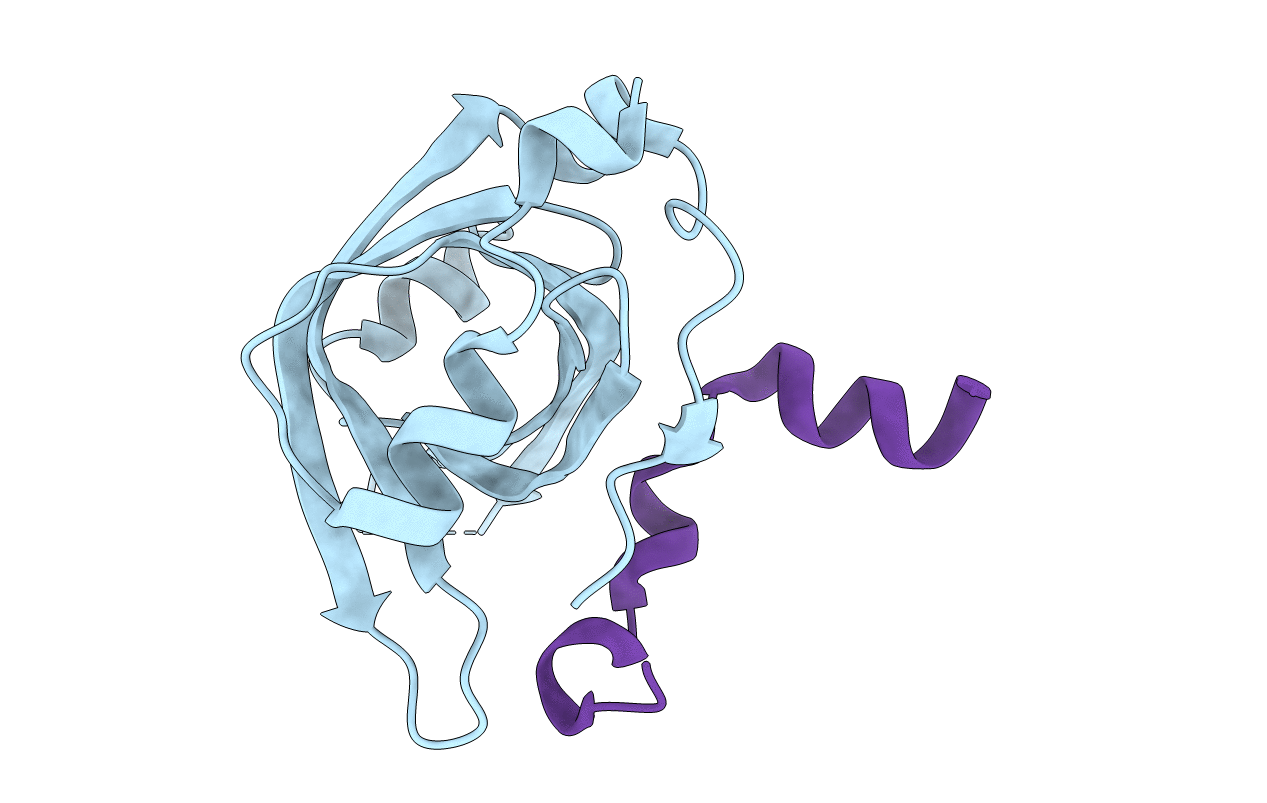
Deposition Date
2005-09-20
Release Date
2005-10-11
Last Version Date
2023-08-23
Method Details:
Experimental Method:
Resolution:
1.60 Å
R-Value Free:
0.23
R-Value Work:
0.20
R-Value Observed:
0.20
Space Group:
P 21 21 21


